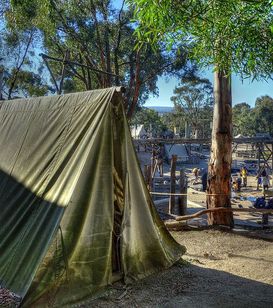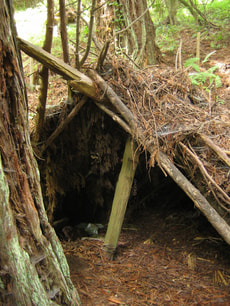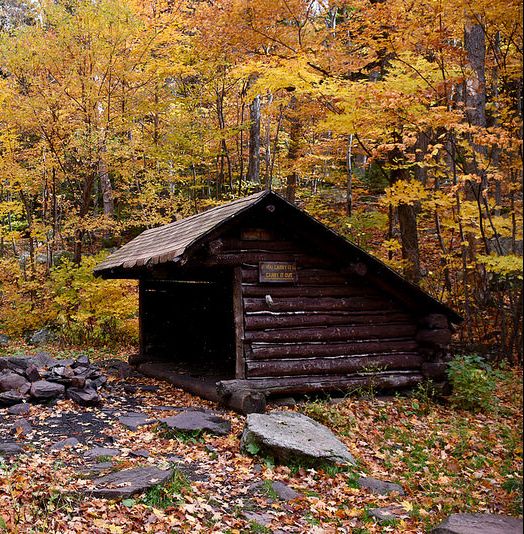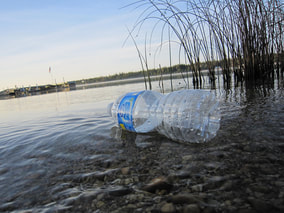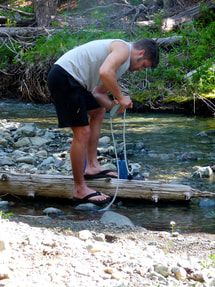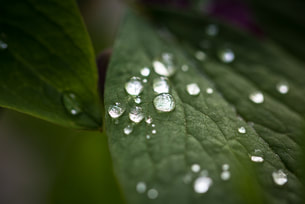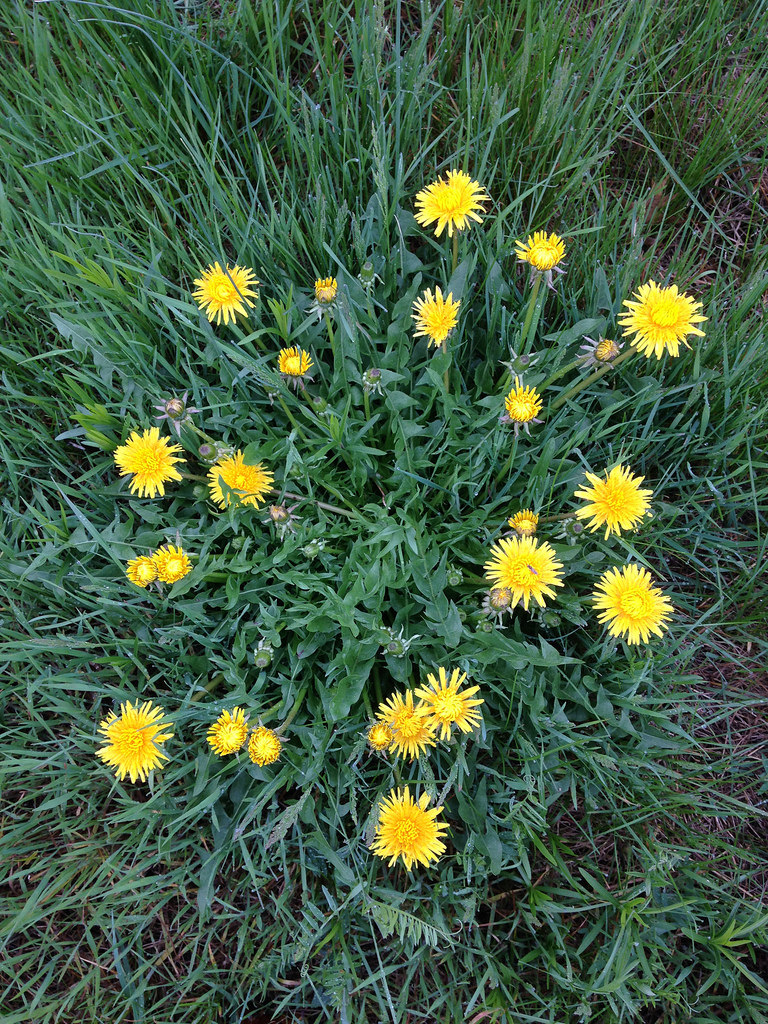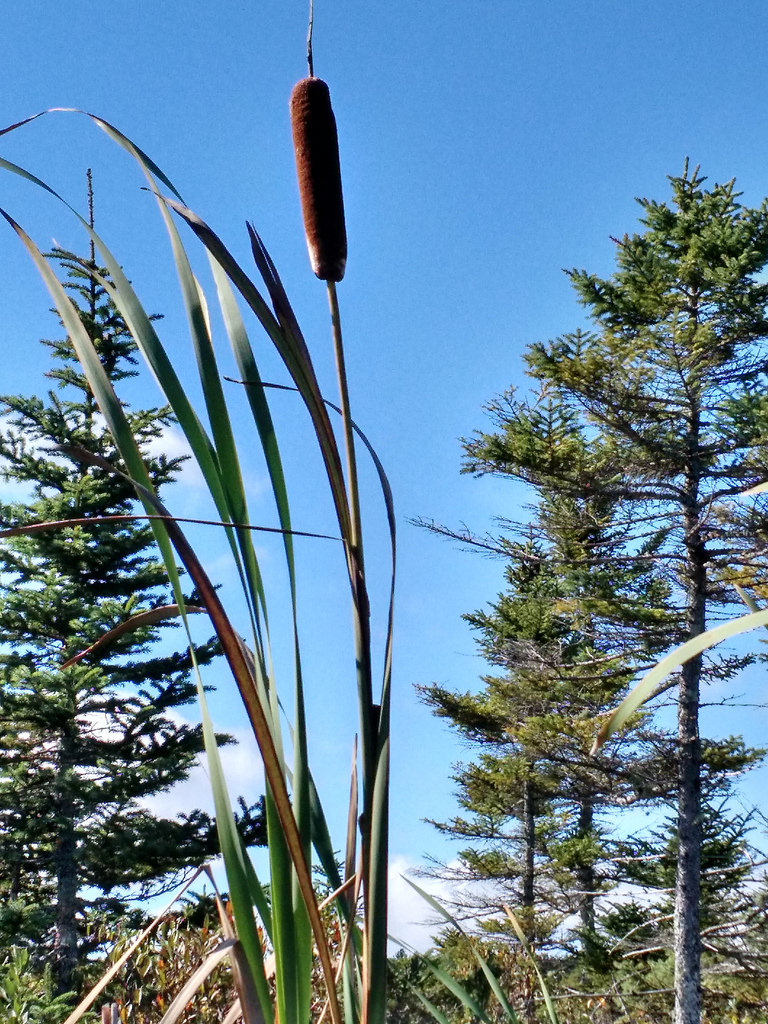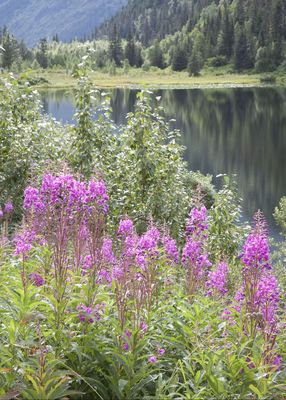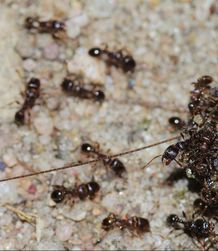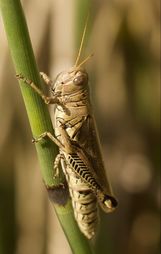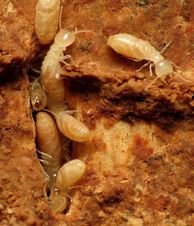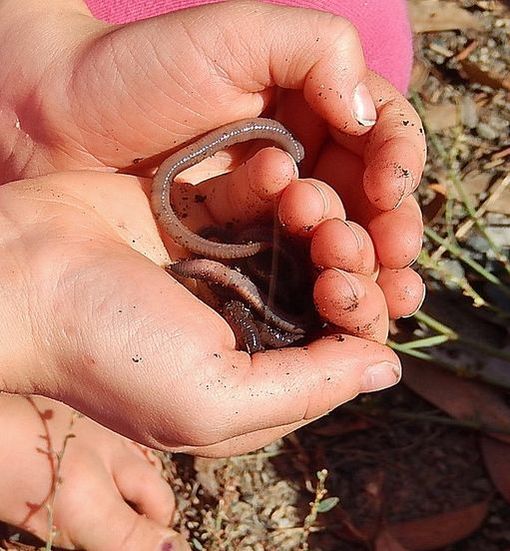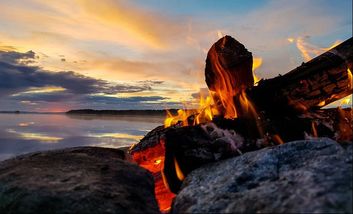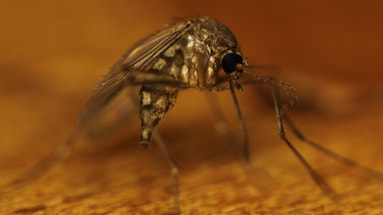HOW TO SURVIVE OUTSIDE?
1) SEEK SHELTER
Shelter is THE most important human survival need after oxygen, so hopefully you won’t need to survive outdoors after an emergency for very long. As a medical provider this adage sticks in my brain: Humans can survive 3 minutes without oxygen, 3 hours without shelter (ie – in extreme cold), 3 days without water, and 3 weeks without food. I am still haunted by the stories I’ve heard on the news about unprepared families who get stuck in their cars during blizzards – the ones where the dad hikes off to find help and ends up dying in the snow while the family gets rescued a day later. Don’t be that dad!!
- If you’re in your car, STAY with your car: It’s like a little house, and you will be MUCH better off in your vehicle. Haven’t you seen the walking dead? The zombies can’t bust through metal!! Plus, cars are easier to see from the air and from far way than people are, so if someone is searching for you they’re more likely to find you if you stay with your car.
- Break into an empty building: You can reimburse the owner for the trouble, later. A fishing cabin, an empty store, a closed gas station – whatever works. You need to get/stay warm.
- Mylar blankets and sleeping bags DO help you retain body heat. Plus they fit easily into survival packs. Use them if you have them!
- Tarps are great if you don’t have a tent. Tie one up to fashion a makeshift tent. Sleep under it (like an extra layer of protection over your sleeping bag) if you can’t tie it up.
- Make a shelter with branches or other materials in a spot that’s not exposed to wind, rain, etc.
- Sharing a sleeping bag (or a mylar bag, or a tarp) can keep you warmer. Hopefully you’re surviving outdoors with a loved one. Or a faithful dog.
2) PRIORITIZE WATER
- In an ideal situation you’ve got a gallon or two of water in your car when it runs out of gas, or have a filtering water bottle you can use to make sure whatever water you DO locate is safe to drink.
- Snow can be melted to quench your thirst. Eating it frozen may cause hypothermia - melt it first.
- Rainwater and even dew can be captured by fashioning a water collection apparatus using a plastic garbage bag, a tarp, a jacket or even leaves.
- If possible you should treat scavenged water (rainwater, water from streams or rivers) before drinking it – check out my WATER TREATMENT page for more information on how to do that.
- In a desperate survival situation, treating water may be out of the question. Of course you should just drink it. You can treat the subsequent intestinal distress later!
- Ration water if it’s in short supply. With minimal activity an average adult male needs at least 32 oz (4 cups) of water per day to stay alive. A child or most women are smaller and could survive on less.
- Some “water” will make you die FASTER – especially saltwater and possibly urine. It is well known that drinking saltwater will actually dehydrate you more quickly than not drinking any water at all, leading to a more rapid demise! There is disagreement amongst experts regarding the risks and benefits of ingesting urine in a survival situation. I hope to never be faced with this dilemma!
3) LOCATE FOOD
- Take stock of your food stores. Hopefully this will be more than a pack of gum and some old cough drops. Have I taught you nothing??? It’s better to ration food than eat it all at once. As mentioned above, you can survive 3 weeks without any food AT ALL.
- Forage for edible plants:
- Take stock of your food stores. Hopefully this will be more than a pack of gum and some old cough drops. Have I taught you nothing??? It’s better to ration food than eat it all at once. As mentioned above, you can survive 3 weeks without any food AT ALL.
- Forage for edible plants:
- Berries: wild blackberries, blueberries, currants, strawberries and salmonberries are some berries in my neck of the woods that are edible raw. Check out this site (which includes photos!) for a more complete synopsis of berries that are edible in the northwestern U.S. When in doubt - don't eat very many (at first), don't eat the pits/seeds, and don't eat the leaves!
- Cattails: In the early spring the roots can be eaten raw or cooked, the leaves can be cooked, and in the late spring and early summer the flower spikes can be eaten raw or cooked - apparently they taste similar to corn!
- Chicory: the leaves can be eaten raw or boiled. The flowers can be eaten raw.
- Chickweed: the the young leaves can be eaten raw.
- Clover: young leaves or flowers can be eaten. The leaves taste best when cooked.
- Dandelions: the leaves, roots AND the flower are all edible! Leaves and roots are best when boiled.
- Fireweed: leaves are best when eaten young
- Kudzu roots: can be eaten after they're boiled
- Nettles are edible: roll them up to keep the prickly bottoms of the leaves from touching your hands/mouth, then chew them up!
- Plantain weeds: best eaten cooked, like kale
- Prickly pear cactus leaves: Cut off the spikes and boil or fry these
- Seaweed and Kelp: Can be eaten boiled or raw
- Catch a fish:
- Use a string or thread & a safety pin, use a worm or other bug
- Use a stick as a spear
- Make a net to trap fish
- Check out some more ideas here.
- Bugs and insects:
- SO GROSS!! I know!!!
- As a general rule, don't eat bugs/insects that are colorful or hairy
- Cook them before eating them (whenever possible)
- Edible creepy-crawlies include: grasshoppers, crickets, ants, grubs, termites, worms, scorpions (remove the stinger), stinkbugs and wood lice (AKA “sow bugs”, “potato bugs”, or “pill bugs").
4) THINK ABOUT SAFETY & SECURITY
AVOID INJURIES
- Sprained ankles or broken bones
- Watch your step!
- Look before you leap
- Test before you climb
- Watch for thorns
- Take care when using (and opening/closing) pocket knives
- Cover wounds to decrease risk of infection
- Keep skin covered to decrease risk
- Stay in shade when able
- Apply mud to skin to prevent sunburns.
- The white powder on the trunks of Aspen trees is SPF 5.
- Keep skin covered by clothing
- When desperate -apply mud to exposed skin
- Stay in sheltered area at sunrise and sunset, especially around water sources
- Start a smoky fire
AVOID PREDATORS
*NOTE*: Noise and fire will help you attract human rescuers, too. Of course, if you’re HIDING from humans, then you should avoid these 2 things as much as possible….
- Easiest way is to have a secure shelter
- Set up a perimeter (take turns/have lookouts, set up strings, have hanging mobiles)
- Make noise (scares away most wild animals)*
- Keep a fire going at night*
*NOTE*: Noise and fire will help you attract human rescuers, too. Of course, if you’re HIDING from humans, then you should avoid these 2 things as much as possible….
